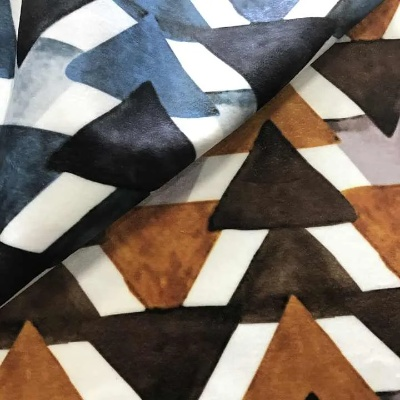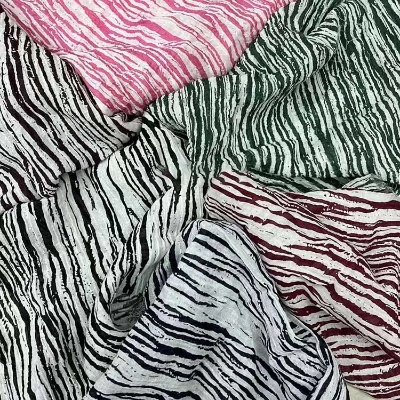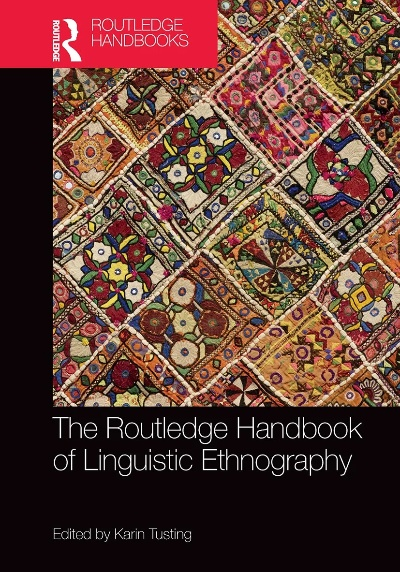The Art of Textile Pattern Design:A Journey Through the Fabric of Style
In the realm of textile design, pattern is often considered the soul of a piece. It's what breathes life into fabric, elevating it from mere material to a work of art. In this journey through the fabric of style, we will explore the intricacies of pattern design, its evolution, and how it connects with cultural heritage, contemporary trends, and personal expression.

At the heart of pattern design lies the concept of balance. This principle, often referred to as the golden ratio, dictates the proportions of elements within a design. It's a guideline that shapes the visual hierarchy, ensuring that the eye is drawn to the focal point and not bogged down by too many competing elements. For instance, a simple geometric motif can be placed at the center of a piece, while smaller elements are scattered around it, creating a sense of harmony and cohesion.
The history of textile pattern design is as rich as the fabric it adorns. From the intricate embroidery of ancient Egypt to the bold geometric patterns of modern fashion, designers have always been fascinated by the power of pattern to tell stories and evoke emotions. One such example is the iconic Indian saree, which features intricate floral patterns that symbolize beauty and femininity. These designs have been passed down through generations, each iteration embracing new techniques and styles, reflecting the changing tastes and trends of society.
Contemporary textile pattern design is a testament to the fusion of tradition and innovation. It draws inspiration from global cultures, blending traditional motifs with cutting-edge technologies like digital printing and 3D printing. For example, designers have created stunning abstract patterns inspired by African tribal prints, using digital tools to replicate the intricate details on fabric. These designs not only showcase the beauty of nature but also challenge traditional notions of what constitutes "traditional" in textile design.
Personal expression is another key aspect of pattern design. Many designers find inspiration in their own lives or experiences, incorporating these into their work in a way that is both unique and relatable. For instance, a designer might create a pattern based on the shapes and colors found in a particular neighborhood or city, creating a piece that feels like a living portrait of its surroundings.
To illustrate this further, let's take a look at an example of a textile pattern design that combines tradition and innovation. Let's say we are designing a collection of clothing for a high-end fashion brand. Our goal is to create pieces that not only look good but also tell a story. We start by researching various traditional patterns from around the world, including Japanese kimono patterns, Moroccan kilims, and Mexican chile pattern. We then use these motifs as a foundation for our design, adapting them to fit our modern aesthetic.
To achieve balance and harmony in our design, we divide the fabric into sections and place our chosen motifs in strategic locations. We experiment with different color combinations and scales, testing out different proportions to see what works best. Finally, we print our design onto fabric using state-of-the-art technology, resulting in a collection that is both visually stunning and emotionally resonant.
This journey through the fabric of style has taught us that pattern design is not just about following rules; it's about finding your own voice and expressing yourself through your work. As designers, we have the power to shape our audience's perception of beauty and creativity, and we should never shy away from experimenting with new ideas and techniques.
In conclusion, textile pattern design is a complex art form that requires not only technical skill but also creativity, imagination, and a deep understanding of cultural heritage. By exploring the principles of balance, history, innovation, and personal expression, we can create pieces that not only look good but also tell compelling stories. So next time you come across a beautiful textile pattern, take a moment to appreciate its artistry and think about the journey it took to reach its final form.
在纺织品图案设计中,我们不仅要关注色彩、质地和功能性,还要注重创新和艺术性,本篇文章将围绕纺织品图片图案设计展开讨论,通过英文案例说明来进一步阐述。
纺织品图片图案设计要素
色彩运用
在纺织品图片图案设计中,色彩是至关重要的要素,设计师可以通过色彩的搭配和对比,营造出不同的视觉效果和情感氛围,暖色调可以营造温馨、舒适的感觉,冷色调则可以带来清新、高雅的效果。
图案设计元素

图案设计元素包括几何图形、自然元素、抽象图案等,设计师可以根据不同的设计需求,选择合适的图案元素,几何图形可以增加设计的秩序感和立体感,而自然元素则可以带来自然、生态的感觉。
材料选择
在选择纺织品图片图案材料时,设计师需要考虑材料的质地、手感、耐久性等因素,不同材料具有不同的特性,可以满足不同的设计需求,丝绸面料柔软、光滑,适合制作优雅、高贵的设计;棉质面料透气、舒适,适合制作实用、大众的设计。
英文案例说明
以纺织品图片图案设计为例,我们可以参考一些成功的案例,以下是一个英文案例说明:
时尚印花设计
在这个案例中,设计师采用了多种印花图案元素,如几何形状、自然花卉等,通过色彩的搭配和对比,营造出时尚、活力的感觉,面料选择了高品质的丝绸面料,手感柔软、光滑,给人一种高贵、优雅的感觉,整个设计充满了时尚感和艺术性,适合制作高端、时尚的纺织品。
复古波点设计
在这个案例中,设计师选择了复古波点作为主要图案元素,通过波点元素的运用,营造出复古、浪漫的感觉,面料选择了棉质面料,手感舒适、透气,给人一种自然、生态的感觉,整个设计充满了复古感和艺术性,适合制作实用、大众的纺织品。
纺织品图片图案设计的创新与艺术性表达
在纺织品图片图案设计中,创新与艺术性表达是关键要素,设计师可以通过创新的设计理念和艺术性表达,创造出独特、有价值的纺织品图案设计,设计师可以采用抽象图案设计,将自然界中的元素进行抽象化处理,创造出具有艺术性和想象力的图案,设计师还可以采用对比色运用,营造出强烈的视觉效果和情感氛围。
纺织品图片图案设计是一项复杂而重要的工作,在设计中,设计师需要关注色彩、图案设计元素、材料等因素,同时还需要注重创新和艺术性表达,通过以上英文案例说明和英文标题的引导,我们可以更好地了解纺织品图片图案设计的相关知识,希望本文能够为纺织品图案设计提供一定的参考和帮助。
Articles related to the knowledge points of this article:
Broadening Horizons:Exploring the Global Reach of Wus Textiles
The Ugandan Textile Market A Global Perspective and Regional Insights
A Profile of PJSH Textiles The Fabric of Modern Elegance
Stylizing Success with the Timeless Legacy of Shishi Jinkai Textiles
The Fabric of Future:Embracing the 21st Century Textile Revolution
The Fabric of Innovation:A Look at Wenzhou Huanhong Textiles



